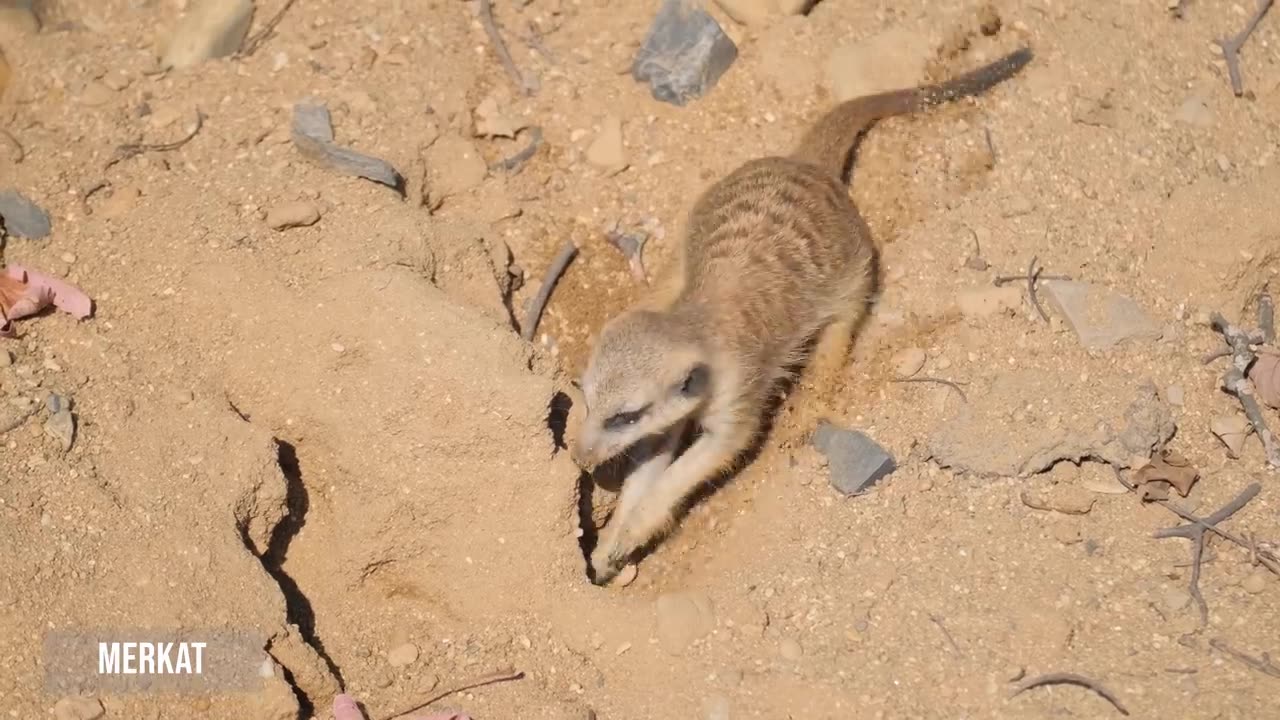Up next
Funniest Animals New Funny Cats and Dogs Videos 2024
Animals adventures: the amazing animals kingdom 8k video #viral
8K Underwater Wonders + Relaxing Music - The Best 8K Sea Animals for Relaxation
THG Episode 67: The Dignity of Nature: Exploring the Consciousness of Animals
Amber Heard drinks up in rare photo celebrating 38th birthday
This Pro-ERA Demonstrator Has Never Heard of the ERA Before 😮
Dangerous Animals and The People Who Get Mauled By Them
These Animals Will Never Forget Their Owners | Animal Reunion After Years Compilation !
Antivaxxers, Uvalde Shooting, and Johnny Depp & Amber Heard Addiction – Ask Dr. Drew
Animals With a Human Face Caught on Camera!
The DUMBEST Financial Story You've Ever Heard
He did pretty good for someone nobody had heard of a year ago
Francis Ngannou to Anthony Joshua: “I heard he has no chin - I’ll find out” | Full Press Conference
Watch These Animals Being Freed For The First Time | Best of 2023 !
Hunter Bidens Contempt hearing and How I saw and Heard it...
YOU WERE NOT DESIGNED TO EAT ANIMALS 🐄 🐖 🐓 ‼️
You heard her. #shorts
When Animals Don't Forget Their Owners | Best Animal Reunions of 2023 !
Animals around the world show their holiday spirit
Do Our Animals Go To Heaven? Prophetic Perspective That Will Leave You Encouraged! | Shawn Bolz
When Animals Messed With The Wrong Opponent | Animals Go On A Rampage !
Have you ever heard the really interesting thing about diabetics and their high blood sugar? #keto
Ricky Gervais: The Most Violent Animal On The Planet | Animals | Universal Comedy
Animals That Live off Our Blood | Science pills
Tudor Dixon slams Rep. Jayapal: We've never heard someone speak this way
Animals Go On A Rampage Moments Caught On Camera !
Has Ricky Gervais Lost weight? | Animals | Universal Comedy
The Problem of Those Who Have Never Heard of Christ
How tall can giraffes get? Learn all about these majestic animals | Nightly News: Kids Edition
Almost UNBELIEVABLE! - The 𝘽𝙀𝙎𝙏 AI Voice Changer I've Ever Heard.
Was the Prophet Jeremiah Unsure He Heard From God?? Responding to the Guys at Remnant Radio
When Animals Don't Forget Their Owners | Animal Reunion After Years !
Top DNA Scientists are Bringing EXTINCT Animals Back to Life | Forrest Galante
How Gene Editing Will Bring Back the Woolly Mammoth (& More Extinct Animals) | Forrest Galante
I heard God say: "I am Commissioning People to Get REALLY Involved in Culture in 2024!" | Shawn Bolz
11 Vitamin B6 Deficiency Symptoms You've NEVER Heard Before
Animals That Asked People for Help & Kindness | Best Moments of 2023 !
RNC Chair Heard CUSSING OUT Vivek Ramaswamy, GOP Is Furious, VIVEK WINNING
'Why do people behave like animals': Shani Louk's mum breaks down as she confirms daughter's death
Israel: The Public Has Never Heard This Side of the Story
EVERYTHING you've heard about this is a LIE | Redacted with Natali and Clayton Morris
Terrifying ZOMBIE ANIMALS Controlled By PARASITES
Don't Laugh Challenge 1 Animals Are Cute with Data1B4
I Heard a Lot of Bitches Wanna Fight Me
We've Heard This Before! But now black people see it!
Animals That Asked People for Help & Kindness Caught On Camera #4 !
The Worst Thing I've Heard from the Pulpit! - Video 23 - A Review of James River Church
Queek Creek FFA chapters shows animals, competes at Arizona State Fair
Animals You’ve Probably Never Heard Of
Amazing uncommon animals! These unusual and strange animals are not your typical horse, monkey, or cat Subscribe for more videos: http://bit.ly/2vW6JVo Though it may have bear in its name, this thick furred critter is actually a tree-dwelling marsupial native to the island of Sulawesi and other forests in Indonesia. The 15-to-20 pound Sulawesi Bear Cuscus can grow to a length of 2 feet on average, and has a tail that will measure close to the same length. These herbivorous mammals live in groups of two to four individuals, keeping adolescents safe in a natural pouch as the vulnerable species slowly scours for leaves and flowers to consume. The Eurasian steppe is vast biome containing shrub and grasslands and stretches from Bulgaria and Eastern Europe across Asia and into Mongolia. Checkered throughout this massive ecosystem is the critically endangered Saiga Antelope. This species of antelope isn't the largest, with a shoulder height of just 24 to 32 inches, a length of 39 to 55 inches, and a weight ranging between 57 and 152 pounds for adults. Still, this hasn't kept local populations from hunting them since prehistoric eras. While initially sought after for consumption due to the lamb-like texture and taste of Saiga meat, their horns have actually driven them to the point of being endangered. A traditional Chinese medicine relies on Saiga Antelope horns as a main ingredient, and poaching of the protected species remains a consistent problem with the horns selling for thousands of dollars each on the black market. The Bat-Eared Fox is split into two subspecies, residing within two separate regions of Africa. The virgatus subspecies makes its home on the Eastern coast of the continent in nations like Ethiopia, Sudan and Tanzania , while the megalotis version can be seen along the Southern tip of Africa in Zambia , Angola , South Africa and elsewhere. These foxes prefer to hunt among short grasslands, filling their diet with ants, beetles, scorpions, crickets and termites, the last of which tends to make up 80 to 90 percent of their diet. However, in desperate situations they have been known to turn to birds, reptiles, smaller mammals, and even truffles for nutrience. Because of their inclinations towards eating termites, they are not majorly threatened by most local human populations due to their role as a form of natural pest control.
- Top Comments
- Latest comments




































![CHUCK SCHUMER: "The Minute I Heard Of What Happened [On] January 7th, I Knew I Had To Go To Israel"](https://badger.social/uploads/images/YDZ8FywFebU_thumbnail.jpg)












